The average UK house price fell slightly in June, down by around £300 compared to May (-0.1%) with a typical property now costing £285,932.
This was the third consecutive monthly fall, albeit it a modest one.
The annual drop of -2.6% (-£7,500) is the largest year-on-year decrease since June 2011.
With very little movement in house prices over recent months, this rate of decline largely reflects the impact of historically high house prices last summer – annual growth peaked at +12.5% in June 2022 – supported by the temporary Stamp Duty cut.
To some extent the annual growth figure also masks the fluctuations we’ve seen in the market over the past 12 months.
Average house prices are actually up by +1.5% (£4,000) so far this year, with most of that growth coming in the first quarter, following the sharp fall in prices we saw at the end of last year in the aftermath of the mini-budget.
These latest figures do suggest a degree of stability in the face of economic uncertainty, and the volume of mortgage applications held up well throughout June, particularly from first-time buyers, said Kim Kinnaird, Director, Halifax Mortgages.
Kinnaird continued, that said the housing market remains sensitive to volatility in borrowing costs.
Concerns about persistent inflation have led to a significant increase in the cost of funding.
Coupled with base rate rising by another 50bp, this contributed to a big jump in typical mortgage rates over the last month.
The resulting squeeze on affordability will inevitably act as a brake on demand, as buyers consider what they can realistically afford to offer.
While there’s always a lag effect when rates go up, many existing mortgage holders with variable deals or rolling off fixed rates will likely face an increase in the next year.
The recently announced Mortgage Charter provides important reassurance that mortgage holders have a range of options if they’re concerned about making repayments, and that lenders will be flexible when supporting anyone in difficulty.
Extended terms, affordable repayment plans and alternative fixed rate deals are among the choices for existing borrowers seeking to mitigate the impact of higher interest rates.
How deep or persistent the downturn in house prices will be remains hard to predict.
Consumer price inflation is likely to come down in the near term as energy and food prices look set to reverse their steep rises, but core inflation is clearly proving stickier than originally expected.
With markets now forecasting a peak in Bank Rate of over 6%, the likelihood is that mortgage rates will remain higher for longer, and the squeeze on household finances will continue to put downward pressure on house prices over the coming year.
Property types
The latest figures suggest some resilience in new build property prices (up by +1.9%) annually.
However, the rate of growth has continued to slow, and has now dropped to its lowest level in more than three years.
Existing properties, which were instrumental in driving prices up during the pandemic related housing rush, were down by -3.5% year-on-year in June.
That was the steepest decline since August 2009.
Prices fell on an annual basis in June across all property types led by flats (-3.1%) and terraced homes (-2.5%).
The declines for semi-detached and detached homes were -1.9% and -1.3% respectively.
Nations and regions house prices
Average house prices are now falling on an annual basis in most parts of the UK, with the only exceptions being the West Midlands (+1.5%, average house price of £251,139), along with marginal gains in Yorkshire & Humberside (+0.2%, £203,674) and Northern Ireland (+0.2%, £186,856).
The South of England remains the area where house prices are facing the most downward pressure.
At -3.0%, the annual fall in the South East was the largest since July 2011 (average house price now £384,106).
London recorded an annual decline of -2.6% (average property price of £533,057), its weakest performance since October 2009 and a drop of around £15,000 over the last year.
Welsh house prices were down by -1.8% annual (average house price of £215,183), compared to a +1.0% increase in May – the nation’s first year-on-year fall since March 2013.
In Scotland, prices were down slightly on the year (-0.1%, average house price of £201,774), but nonetheless significant in being the first annual contraction in property prices in the last three years.
| Average house price | Monthly change | Quarterly change | Annual change |
|---|---|---|---|
| £285,932 | -0.1% | +0.3% | -2.6% |
HMRC monthly property transaction data shows UK home sales decreased in May 2023.
UK seasonally adjusted (SA) residential transactions in May 2023 totalled 80,020 – down by 2.7% from April’s figure of 82,220 (up 9.9% on a non-SA basis).
Quarterly SA transactions (March 2023 – May 2023) were approximately 9.7% lower than the preceding three months (December 2022 – February 2023).
Year-on-year SA transactions were 27.0% lower than May 2022 (25.5% lower on a non-SA basis). (Source: HMRC)
Latest Bank of England figures show the number of mortgages approved to finance house purchases increased in May 2023, by 3.1% to 50,524.
Year-on-year the May figure was 23.7% below May 2022. (Source: Bank of England, seasonally-adjusted figures)
The RICS Residential Market Survey results for May 2023 were less downbeat with metrics on demand and sales the least negative in over a year and new instructions moving into net positive territory.
New buyer enquiries returned a net balance of -18%, up from -34% in April, agreed sales -7% (up from -18% previously) and new instructions +14% (previously -2%). (Source: Royal Institution of Chartered Surveyors’ (RICS) monthly report)
Tom Bill, head of UK residential research at Knight Frank, said:
“This is unlikely to be the last national house price index to fall into negative territory this year.
Mortgage rates will keep edging up as wage growth keeps core inflation stubbornly high and we expect prices to fall by around 5% this year.
However, this isn’t the global financial crisis part two for house prices and any decline will be kept in check by rising wages, low unemployment, cash sales, record-high levels of housing equity, longer mortgages and savings amassed during the pandemic.
The UK housing market is coming back down to earth after a strong three years, not falling off a cliff.”
Chris Druce, senior research analyst at Knight Frank, said:
“The fear factor over just how high the Bank of England will push the bank rate to tame inflation continues to grip the UK property market.
While deals continue to be struck, buyers remain nervous and extremely price sensitive.
This won’t change materially until we have surety about how high borrowing costs will go.
It means that despite a period of relative stability, house prices have further to travel on their downwards journey.
More pain will enter the system in the second half of this year as an increasing amount of fixed-term mortgages are renewed at higher rates.
We expect prices will fall by 10%, spread over the remainder of this year and next.
When stability returns, demand could prove more resilient than expected given the cushioning effect of strong wage growth, record levels of housing equity, amassed lockdown savings, the availability of longer mortgage terms and forbearance from lenders.”
Tomer Aboody, director of property lender MT Finance, says:
“Although we have seen a fall in the demand and pricing, this is far from the expected or predicted downward trend.
The sentiment is that the market is keeping a stiff upper lip, with buyers and sellers still out there, making the impact less volatile.
Of course, the continued interest rate rises are impacting buyers, as people wait to see where the new norm settles, but we are not seeing the ‘crash’ that many were expecting because proportionately very few people are being affected by the rate hikes, since most are currently on fixed mortgages.
Maybe it’s time for the Bank of England to let the market breathe and see how the rate increases actually make an impact before continuing to choke it.”
Jeremy Leaf, north London estate agent and a former RICS residential chairman, says:
“This slow puncture softening in house prices reinforces the message from other recent surveys that financial markets pricing in further interest rate increases is not helping buyer confidence.
However, these figures are a little dated so don’t yet fully reflect the recent sharp increases in mortgage payments.
On the ground, sales are still proceeding often to those who are not dependent on mortgage finance but they are taking longer and often involve protracted renegotiations resulting in modest, rather than large, price falls.”
Anna Clare Harper, CEO of GreenResi, helping investors and asset managers make more sustainable residential investments, says:
“The average house price was £285,932, down 2.6% according to Halifax, which is partly a market correction.
Housing policy has focused on the needs of homeowners, and on debt to fund new supply, for a long time.
With higher interest rates, price growth is being corrected.
However, describing a shift in the market affecting millions of people as a ‘market correction’ misses the point.
We need to look beyond aggregated property prices at a point in time and consider the environmental and social realities and implications, just as professional investors are increasingly required by regulations to monitor and report on their Environmental Social and Governance (ESG) credentials, which in turn affect prices and values.
To meet Zero 2050, we must retrofit (improve the energy efficiency of an existing building) one home every two minutes.
The price of homes that are not upgraded will fall relative to others, in particular in the rental market.
To save ‘Generation Rent’ from homelessness, we must stem the exodus of landlords by allocating professional capital to existing private rental sector homes.
Homes which can be, and are, rented out will be more valuable than low quality, low energy efficiency homes no longer considered fit for use under the planned Decent Homes Standard.”
Mark Harris, chief executive of mortgage broker SPF Private Clients, says:
“As mortgage rates continue to rise, there is growing appetite from borrowers for shorter-term fixes and penalty-free trackers in the hope that this volatility in the market will be relatively short-lived.
It is no surprise that this is having a knock-on effect on house price growth as there is only so much borrowers relying on mortgages are able to pay, particularly those requiring relatively high loan-to-values.
Those with more equity in their homes, who have benefited from low mortgage rates over the past few years, will be able to cope better perhaps with the new norm of higher rates but must still adapt accordingly by tightening their belts.
Borrowers should seek advice, ideally several months before they come to the end of their mortgage deal, to ensure they are not paying more than they need to.”
Alex Lyle, director of Richmond estate agency Antony Roberts, says:
“There has been a noticeable shift in pricing compared with a year ago as the depth of demand from buyers isn’t the same and the balance of power has shifted more towards those keen to purchase.
An ultra-ambitious price a year ago could well have been achieved but now that property could stick.
That said, there is still lots of activity in the market and a fair amount of stock under offer, although chains are long and some deals are taking longer to go through than any parties would wish.
Those buyers who have been looking for an excuse to delay their purchase and wait until we have a clearer understanding of where rates are headed, are now doing so.
Some vendors are taking a similar approach, sitting tight and waiting until the autumn in the hope that things will have settled down by then.”



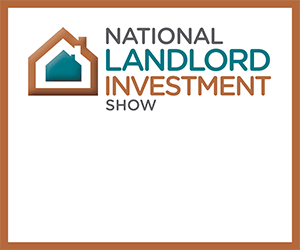
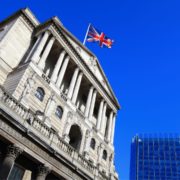




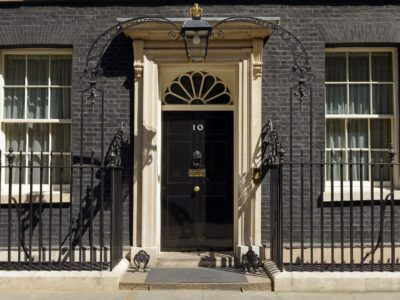
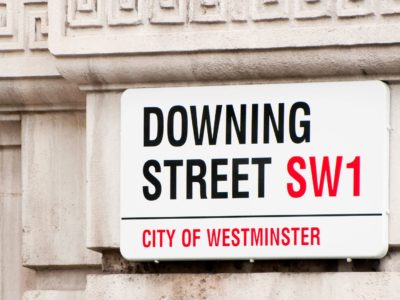
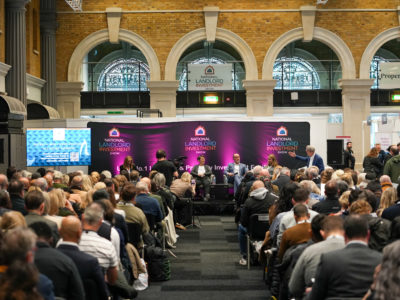

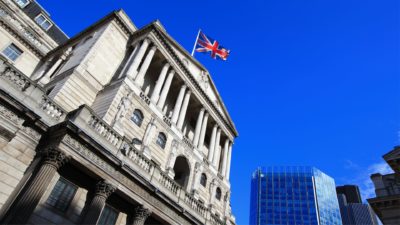


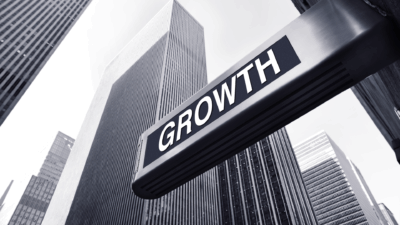
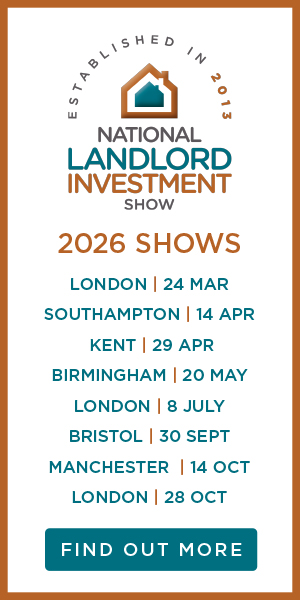

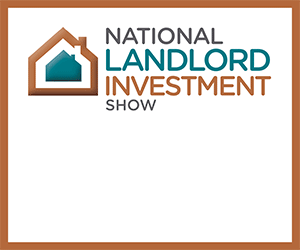




Comments